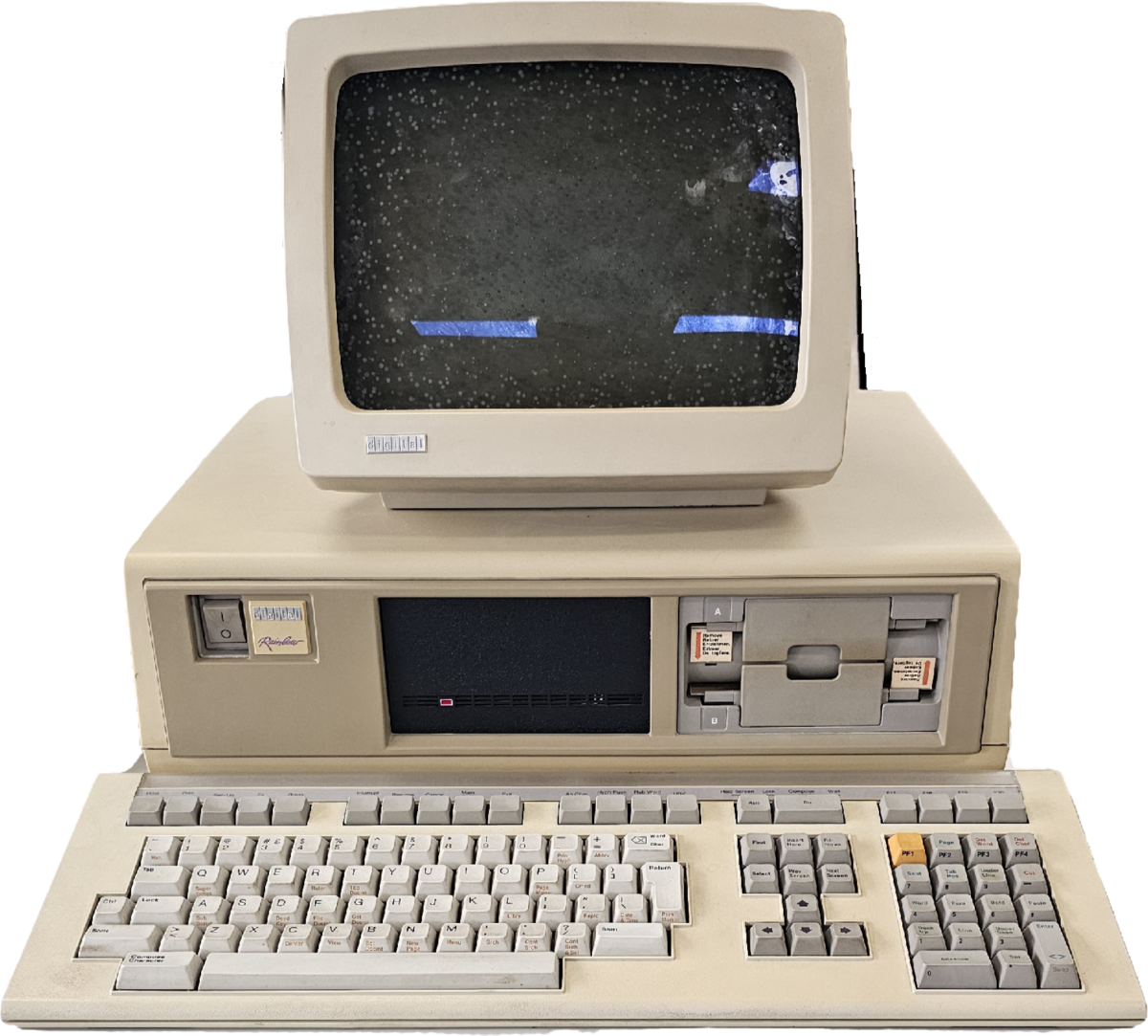Digital Rainbow 100
The Digital Rainbow 100 was a microcomputer by Digital Equipment Corporation, launched in 1982. With its unique dual-processor design, it allowed users to run both CP/M and MS-DOS programs. This versatility made it an attractive system for business use in the early 1980s.
Digital Rainbow 100
The Digital Rainbow 100 was a microcomputer by Digital Equipment Corporation, launched in 1982. With its unique dual-processor design, it allowed users to run both CP/M and MS-DOS programs. This versatility made it an attractive system for business use in the early 1980s.
This computer was part of the Rainbow series and was designed to compete in the emerging personal computer market. Besides the Zilog Z80 mode and the Intel 8088 mode, it also featured a mode to use the computer as a terminal (VT-100), effectively incorporating three systems into one machine.
The Rainbow 100 was primarily used in business environments where both CP/M and MS-DOS were utilized.
Despite this, the Rainbow 100 was eventually outpaced by other personal computers that offered more standardized architectures and broader software support, as well as the reduced necessity to use CP/M as an operating system.
An interesting detail about this machine is the keyboard. The keyboard layout was different, much to the frustration of users accustomed to keyboards like those found on the Teletype ASR-33. However, this layout was adopted by IBM in 1985 for its IBM Model M keyboard, which later became the standard for IBM PC-compatible machines, also known as the "standard US layout."
Intel 8088 @ 4.815




